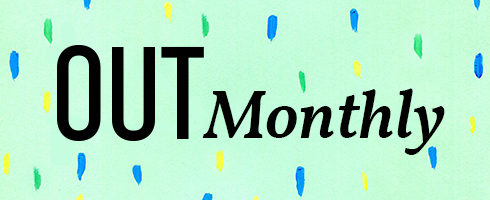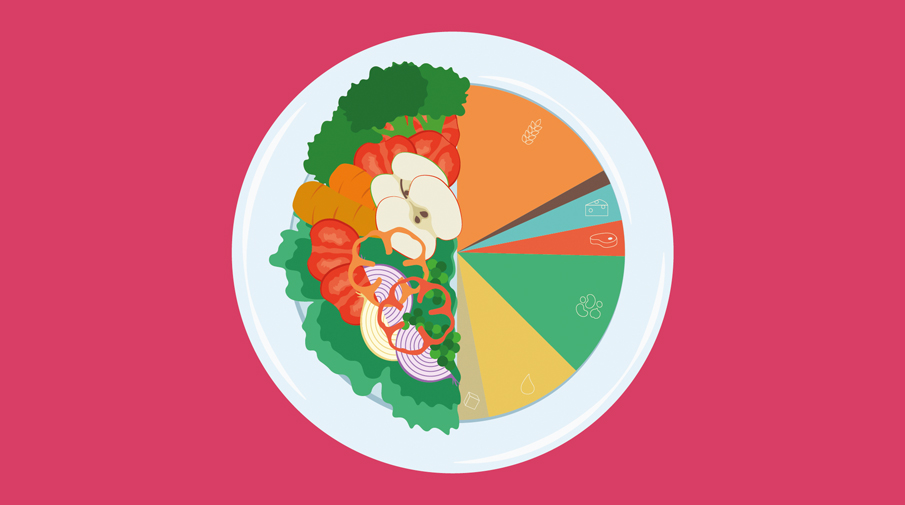In recent years there has been a natural shift in people’s eating patterns. We’re increasingly taking a more environmentally sustainable approach to a healthy diet by eating less animal and dairy products and turning to flexitarianism, which involves a diet that’s mostly vegetarian yet allows for the occasional meat dish. Flexitarianism is forecast to cut diseases related to unhealthy diets such as heart attacks, strokes and even some cancers.
The EAT-Lancet Commission presented the Planetary Health Plate, which is proposed to feed the world’s growing population a sustainable, healthy diet without further harm to the planet. The Planetary Health Plate is flexitarianism and came about after much research on the environmental impacts of diets, concluding that a diet high in plant-based foods, with low amounts of refined grains, animal-based foods, highly processed foods or added sugars, results in both improved health and environmental benefits.
This new approach to eating suggests that about half of what we eat should consist of vegetables and fruits. The other half should consist of whole-grains, dairy foods, plant-based proteins, unsaturated plant-based oils and small amounts of animal-based protein. Mixing up the source of protein is important – this can come from nuts, beans, lentils, soy, fish and occasional lean sources
of meat.
There is also a need for changing food production and reducing food waste, with innovative solutions required to tackle climate change. Scientists are currently working towards producing a protein from soil bacteria fed on hydrogen with near-zero greenhouse gas emissions. In essence, protein made from thin air.
nutritional-insight.co.uk
Words by Dr Emma Derbyshire PhD and Dr Jo Delange
Illustration by Nina Matilde Elstad





